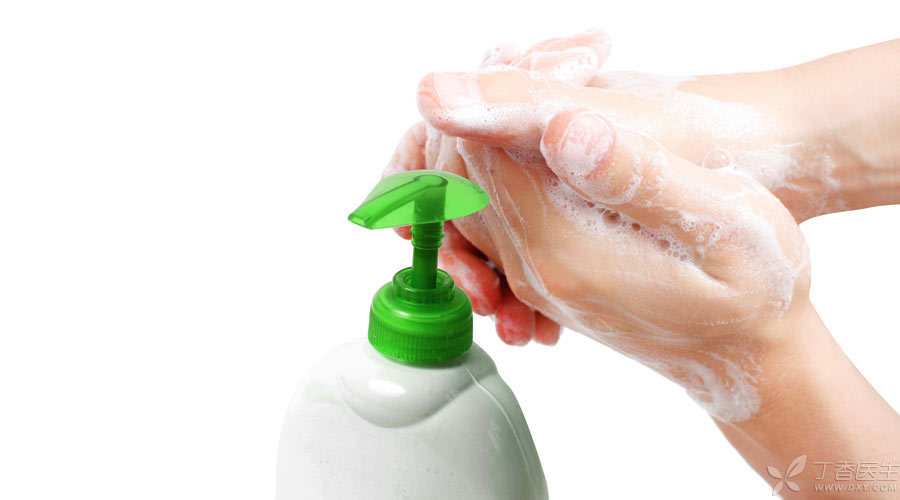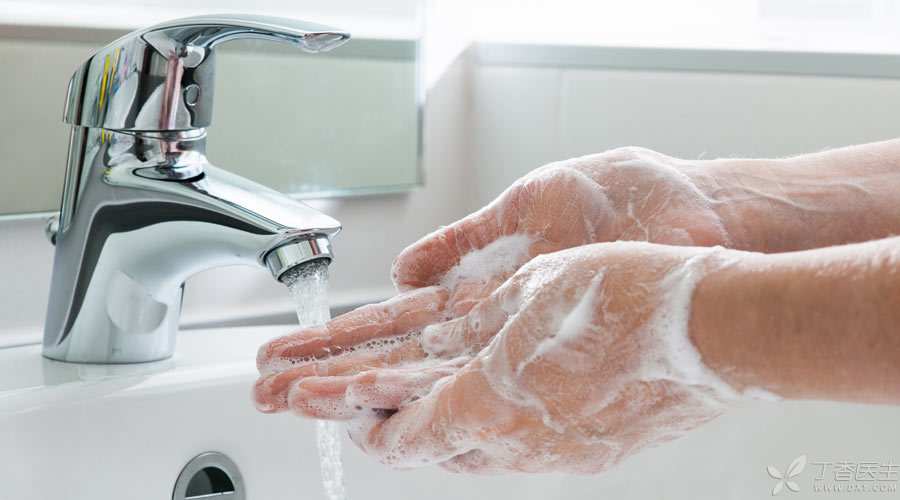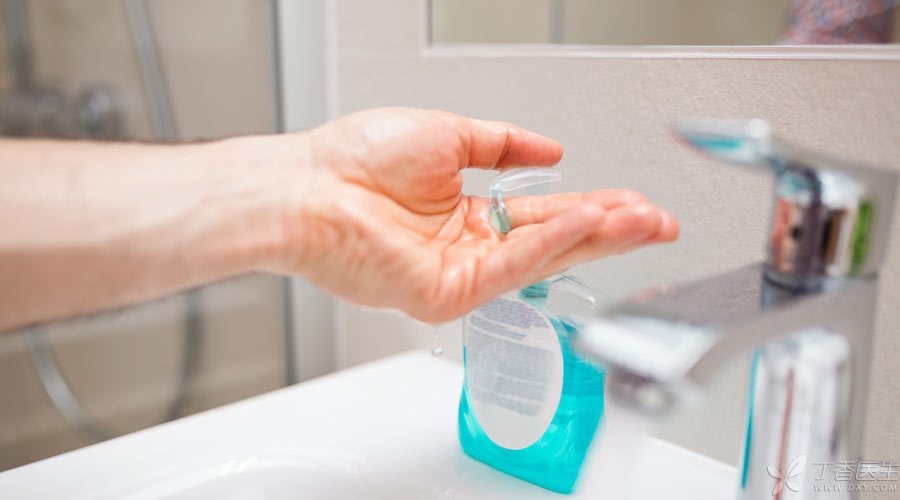
After the outbreak of SARS, bird flu and hand-foot-mouth disease, many people tend to choose products with the words “sterilization” or “bacteriostasis” when buying hand sanitizer and soap.
However, the US Food and Drug Administration (FDA) recently issued a ban:
It is forbidden to sell washing products containing 19 specific antibacterial chemicals, and it is pointed out that the soap industry has failed to prove the safety of this soap in long-term use and its utility advantages over ordinary soap and clear water.
This ban does not include alcohol-containing hand sanitizer and wet wipes, nor does it include disinfectants used in hospitals. It is mainly aimed at some antibacterial washing and protection products sold by Shangchao.
The dazzling array of products can be bought in what but not in what, which often makes people confused. Many consumers [only buy the expensive ones but do not know how to buy the right ones].
Dr. Clove will teach everyone how to consume rationally and find out whether buying antibacterial products is worth it.
First, pay attention to the ingredient list and do not buy those with questioned ingredients.
Not all antibacterial products cannot be bought.
FDA blacklisted a total of 19 chemicals and gave the soap industry one year to discard these substances in its products.
Among soaps including hand sanitizer and bar soap, 40% of the products use the following 19 chemicals. Do not buy them:
Halocaban, fluxaram, Hexachlorophenol, hexylresorcinol, Iodine complex ( Ammonium ether sulfate and polyoxyethylene sorbitol monolaurate) , complex iodine (alkylaryloxy polyethylene glycol phosphate), nonylphenol polyoxyethylene ether complex with iodine, poloxamer iodine complex, povidone iodine (5-10%), undecylammonium chloride iodine complex, methylbenzexonium chloride, phenol (more than 1.5%), phenol (less than 1.5%), parapentylcresol, sodium oxychlorobenzene sulfonate, tribromosalam, triclocarban, triclosan, triple dye.
One of the most common (note English names) is:
- Triclosan is usually used for liquid soap and Triclocarban is usually used for bar soap.
These effective ingredients may be harmful to human body.
Animal experiments have proved that triclosan used in many antibacterial products will affect hormone metabolism and have the possibility of teratogenicity and carcinogenesis. However, at present, there is no research in China that triclosan or triclosan in bathing products will affect human hormones.
Other studies have found that children who have long-term contact with triclosan have a greatly increased risk of allergy.
If you think it is very troublesome to compare the composition table one by one, then follow the following one.

Second, not obsessed with antibacterial products
The advertisement’s advertisement [killing 99.9% of harmful bacteria] is somewhat exaggerated.
The ability of sterilization and bacteriostasis is closely related to the content of effective ingredients. As far as these products on the market are concerned, their effective concentration is far lower than that of various sterilization products often used in medical and health systems.
Several studies have found that:
-
Antibacterial products will not be more effective.
For those who often use sterilization, sterilization hand sanitizer and soap, the probability of various infection incidents has not decreased.
- Ordinary soap solution is effective. Only ordinary soap and hand sanitizer are used to clean hands, which is enough to achieve the purpose of removing harmful bacteria needed in daily life.
- Flowing clean water is also effective. The public often ignores the cleaning ability of flowing clean water. In fact, most bacteria will be removed after being washed by flowing clean water.
- Antibacterial products, The inability to eliminate the virus, which once caused public and social panic, It is a virus, such as SARS virus and bird flu virus. The virus is a very unique living body, which is completely different from the morphological structure of bacteria and has the characteristics of large variability and easy transmission. Unfortunately, the current medical cognition and treatment methods for the virus are still very limited. However, the use of antibacterial products to eliminate the virus has no scientific basis.

Third, pay attention to the formation of good hand washing habits
In fact, the gap between China’s public health environment and that of some developed countries is still quite large.
Therefore, it is more important to form a good and timely habit of washing hands, whether using clear water, ordinary soap hand sanitizer or antibacterial washing products within a safe range.
Apart from safety and effectiveness, you also need to consider the following issues:
1. Sterilization of antibacterial products will also kill normal flora that play a protective role on human skin. Long-term use is not recommended.
Abuse of antibiotics will lead to more drug-resistant bacteria. By the same token, excessive use of antibacterial soap will also lead to similar results.
Normal bacteria are usually killed by the effective concentration of sterilization agent, but when bacteria are exposed to the low concentration of sterilization agent for a long time, they will slowly evolve to develop drug resistance. In this way, they will not be afraid of the effective concentration of sterilization agent.
The production of a large number of drug-resistant bacteria will cause more serious infection and may produce resistance to traditional sterilization agents and antibiotics, causing greater medical problems.
2. The effective ingredients in antibacterial products may be harmful to the natural environment.
In addition, have you ever thought about where a large number of antibacterial products will eventually go when they flow into sewers? It is the rivers, lakes and seas of nature!
At present, studies have confirmed that the growth of algae in natural waters can be affected by this. As an important part of the food chain, algae will inevitably trigger a chain reaction and destroy the stability of the natural ecosystem.
